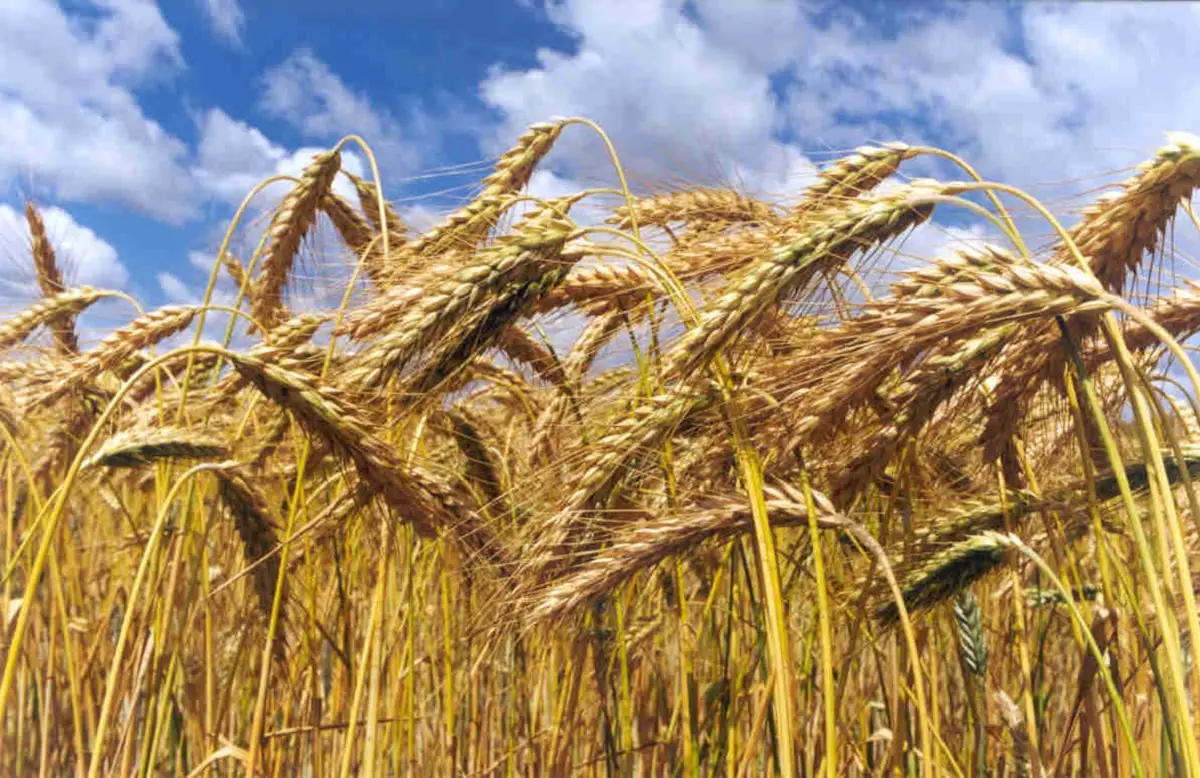
Everything that the cultivation of wheat offers is interesting because it is used to produce flour, pasta, etc., all foods that are frequently used in our kitchens. Wheat is yellow and, along with rice and corn, is one of the most cultivated cereals in the world. At present, it can be seen that the farmland is full of wheat, and according to some statistics, it is estimated that millions of tons are sown every year. However, many people wonder how wheat is harvested.
For this reason, we are going to dedicate this article to telling you what the main steps are to learn how wheat is harvested, characteristics of its cultivation and curiosities.
Main requirements


Wheat is a plant that prefers temperatures between 10 and 25 °C, although it is not recommended, it can tolerate a minimum temperature of 3 °C and a maximum of 30 to 35 °C. The best date to start sowing depends largely on the variety to be sown, since some varieties of wheat are sown in winter, while others are sown in spring.
Winter wheat plants are characterized by growing during the winter and completing their cycle in the summer. Variety characterized by a relative humidity requirement between 50% and 60% relative humidity from the beginning of the cob until harvest, with a dry climate at maturity.
Spring varieties, on the other hand, do not require low-temperature growth, meaning they can be sown in spring, but they are less nutritious than other varieties. Wheat is a crop that needs sunlight to develop and ideally you need 8 hours of sunlight a day, Regardless of the variety chosen.
Wheat does not require much irrigation, can grow as long as it receives 300 or 400 mm of rainbut must be rich in winter and spring. If you want to enjoy a good production, you should water two or three times a year, although this will depend a lot on the humidity of the soil. Usually the first abundant watering is carried out. Again, irrigation must be done during the rigging phase, which is when the appearance of the cane begins to be appreciated.
Later, during the bolting period, it is necessary to water the soil again, because the plants are fully active and consume water quickly. Finally, when the spikes are fully ripe, a last watering should be done. You will notice this stage as the lower leaves will dry out while the rest of the plant and the top three leaves will turn green.
Preparation of the land for the cultivation of wheat


The best soil to use is clay with sufficient lime content. If you use soil with little organic matter, you will need to pre-fertilize or plant some plants to use as green manure. In addition, the soil must be able to drain easily, be very deep and have a pH between 6,0 and 7,5.
The first step in growing wheat is to prepare the soil. This is done by plowing the soil to a depth of 15 cm to remove weeds and plant stems that occupy the land. Then rake to level the ground and repeat the process again. The soil must be very even. If you use winter crops, you should sow seeds 7 weeks after soil preparation, which is a factor to consider when preparing the soil. Spring varieties, on the other hand, can be sown after the soil is ready.
In rich soils a formula of 4% nitrogen, 4% potassium and 12% phosphoric acid should be used. Likewise, manure, slag, and phosphates can be used to fertilize land where wheat is grown.
How to sow wheat step by step
Planting wheat seeds begins by fertilizing the soil with a small amount of compost to improve soil quality before planting. Although you notice that the soil is dark brown and moist, but not necessary, use compost, but it is advisable to consult a professional agronomist about the conditions of the soil used.
Furrows should be formed in the ground at a distance of 15-20 cm. Depending on the variety used, the seeds should be sown at a depth of 3 to 6 cm. Although in very loose soil, it can be sown to a depth of 7,5 cm.
After the seeds are sown, they should be watered to allow the soil moisture to allow the wheat to develop. If it hasn’t rained for more than a week, you should water your plants.
How wheat is harvested


Generally, six months after planting, the harvest can begin. You will know that it is the right time when the leaves are dry and the grains have a good consistency. Note that if wheat is left in the field for too long, it can be destroyed by wind and storms.
If you have a small farm, you can harvest with a sickle. On wider terrain, use a picker, a machine designed to mow horizontally. The stems are cut about 30 cm from the ground. Mechanical harvesting should be done in full sun and without dew, as combine harvesters work best in these conditions.
Then place the wheat plants in a dry, well-ventilated place where they will be mounded to prevent them from being lost and allow them to reach a certain degree of maturity after 10 to 15 days. Finally, it is threshed and its harvest is ready for the market.
some care
In addition to planting time and the growing season of wheat, weed growth can be caused by not doing the proper work on the soil. In many places some herbicide should be used, especially if winter wheat is used. Otherwise, you must control weeds early due to their rapid growth. For perennial weeds, you can use synthetic phytohormones.
I hope that with this information you can learn more about how wheat is harvested and some of its main characteristics.

One thought on “How is wheat harvested? Everything you need to know”